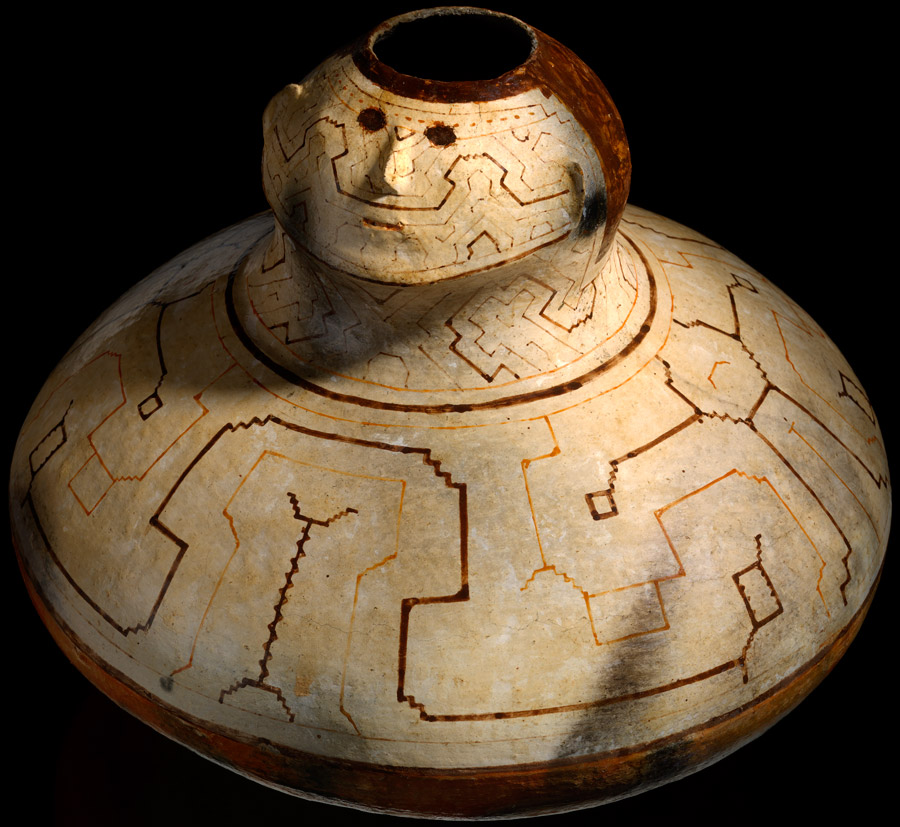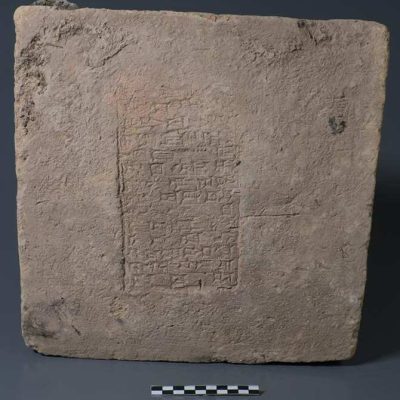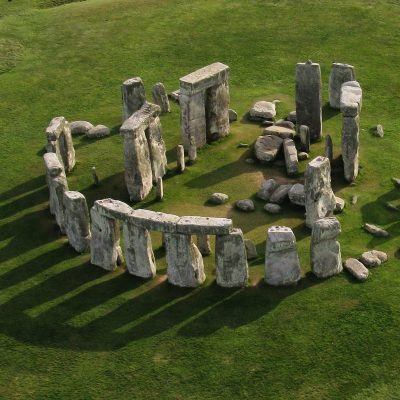A groundbreaking discovery has been made in the Bolivian Andes, shedding light on the origins and early use of the psychotropic drug Ayahuasca. Ayahuasca has been consumed by South American shamans for over 1,000 years, but due to its DMT content, it is illegal in Germany. In contrast, Peru declared the hallucinogenic plant brew a national heritage in 2008 and allows tourists to legally consume it. The discovery was made by archaeologists in the Cueva del Chileno cave in 2008, where they found the largest amount of psychoactive substances ever discovered in South America. The find included a leather bag containing a drug kit for making Ayahuasca powder, which was then snorted like cocaine, and three transport bags made from fox snouts.
The discovery of the shaman’s grave, dated between 905 and 1170, revealed extensive knowledge of the composition and effects of the individual substances. The chemical analysis of the drugs found in the fox snout bags was conducted ten years after the discovery by scientists from the University of Otago in New Zealand. They found five psychotropic drugs, including Harmin and Dimethyltryptamine, which are still the main components of Ayahuasca, as well as cocaine and Bufotenin. The researchers also found evidence that Ayahuasca was snorted 1,000 years ago, rather than consumed as a drink as it is today. The discovery also suggests that drugs were traded over long distances, as some of the plants needed for the production of Ayahuasca were not available in the vicinity of the site.
This discovery provides valuable insight into the early use of Ayahuasca and the trade of psychoactive substances in South America. It also highlights the importance of preserving cultural heritage and traditional practices, such as the use of Ayahuasca by indigenous communities. While the drug remains illegal in many countries, its potential therapeutic benefits have led to increased interest and research in recent years. The discovery of the shaman’s grave and the drug kit provides a fascinating glimpse into the history of Ayahuasca and its use in ancient cultures.










